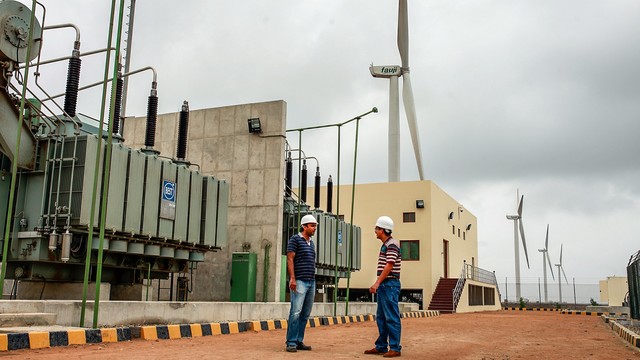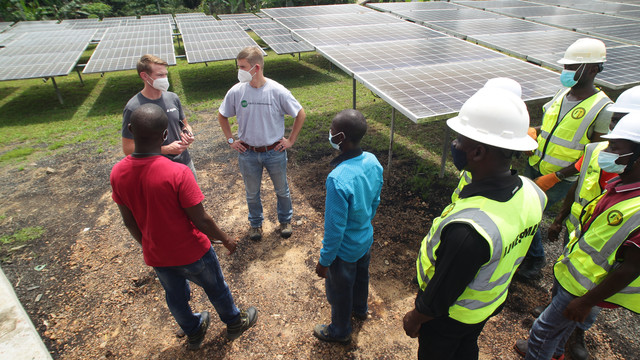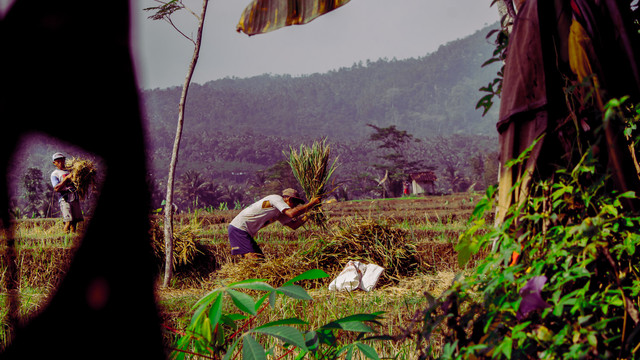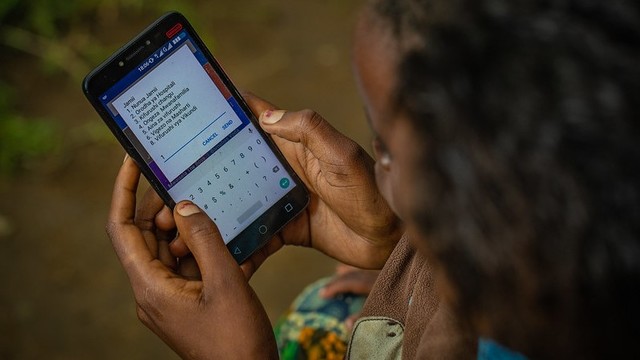Improving Tanzania’s power quality: can data help?
Ben Garside and Davida Wood discuss whether customer-sourced data can help unpick the problems of electricity supply in Tanzania.



A local blackout in Dar Es Salaam. Power outages in Tanzania's capital are often caused by old cables and transformers (Photo: jay grandin, Creative Commons via Flickr)
For many Tanzanians, the sun sets and it’s pitch black – in fact, according to government data at least two-thirds of Tanzanians don’t have access to electricity. For those who do, many experience problems with reliability and quality of service – i.e. power cuts, and fluctuations in power supply that can damage equipment.
This affects people’s daily lives and can be particularly damaging for businesses – from small village enterprises to larger manufacturing industries.
The World Bank Enterprise Survey (PDF) showed that power outages in Tanzania cost businesses about 15% of annual sales. In contrast, a more reliable electricity supply often means higher income and more jobs.
The good news is that the gap in electricity access is closing through grid expansion by national provider Tanzania Electric Supply Company (TANESCO) and private ‘mini-grid’ service providers such as Mwenga Hydro Power, Ensol, Power Corner, and Rafiki Power.
But reliability is still a big issue. Generating more electricity is important, but it’s not always the answer to the power problem. In Dar es Salaam for example, many reliability issues are caused by the distribution network – for example old cabling or unreliable transformers – rather than problems with the actual supply.
At the same time, customers increasingly want answers on why their energy needs are not being met. People on the streets in Dar es Salaam are asking whether the power supply is fair. Is it more reliable in affluent areas? Do business customers receive a better quality service than domestic households?
Can data provide the answers?
Granular data may shed some light. In Dar es Salaam, the Hivos/IIED Energy Change Lab is piloting the Electricity Supply and Monitoring Initiative (ESMI) to gather independent data on the quality of customer supply by placing monitoring devices strategically in homes and businesses across five city districts. This helps customers, electricity service providers and regulators understand where the blockages are.
Figure 1 shows the pilot results on power outages (blackouts) over an eight-month period. Notably, Temeke district experiences by far the highest number of outage hours per month, perhaps because Temeke is more a residential than commercial district such as Kinondoni – we are discussing these findings with TANESCO to get their take.

Blackouts are only part of the story – poor quality of supply when the power is on is also problematic. This quality can be measured in terms of voltage fluctuations, also known as ‘brownouts’ – when the power is on, but the voltage is too low to power equipment properly.
For businesses, revenue loss is due to more than just ‘downtime’ during blackouts: the combination of blackouts and brownouts can damage equipment and production-line restart costs for goods that are being produced are incurred during the power blackout or brownout.
More data, so what?
But how is ESMI data being used? Examining the pilot in Tanzania and in other locations including Indonesia and Kenya, we found the data is being picked-up in three ways.
- Raising awareness of the serious power problem. Journalists whose beat includes power supply are making good use of the data for their stories. ESMI data has also been presented at multi-stakeholder energy sector workshops – for example in March in Dar es Salaam, Tanzania – as well as meetings convened by energy regulators. This has helped re-emphasise to regulators and others the value in monitoring power quality, particularly at the customer-level.
- Enhancing advocacy. The data strengthens customers and advocacy groups’ efforts to lobby power companies for losses and damage caused by poor power quality. For the first time, advocates have hard evidence of the availability, reliability, and quality of supply.
- Supporting research by decision-making institutions: regulators, parliamentarians, and power companies. In India some state level regulators are using the data to monitor utility performance. In Indonesia, staff from the national power company PLN have spot-checked power outages reported by their regional offices based on discrepancies the ESMI data identified. In Kenya, the ESMI pilot is being designed to support the World Bank’s efforts to assess availability, reliability, and quality of service to track progress towards Sustainable Development Goal 7 on energy access.
Next steps for Tanzania and beyond
A recent study in India by the Overseas Development Institute (ODI) that looks at ESMI as well as other types of publicly available data, found little evidence of impact of the data on government accountability, effectiveness, and efficiency, in environmental stability or social inclusion.
That is not to undermine positive and progressive steps – India’s ESMI data is being used by multiple stakeholders and is forcing political debate about supply quality to be based on evidence, rather than just polemic arguments. But the biggest lesson so far is that achieving change is difficult, and takes time.
We need a more deliberate process for using the data to influence change. For example, a strategy for greater public or political pressure, or strategically building capacity in individuals who can champion changes in how utilities and regulators function. These strategies will need to be sensitive to the political context.
The Energy Change Lab in Tanzania will seek to integrate ESMI into the ‘Better Power’ workstream which brings together stakeholders from within the energy sector and those outside to discuss ways to incorporate feedback on data usage and experiment with ways to respond to customer issues.
Some issues are not inherently linked to better data or improving the way the service providers engage with customers. According to ODI, understanding why power outages happen in India calls for examining why distribution companies suffer losses (electrical and financial) and rely repeatedly on government bail-out packages.
The report points out that – to keep costs down – distribution companies sometimes do not buy sufficient power from the power generation companies “which explains why many places in power-surplus India suffer so many power outages.”
National level processes like Better Power may provide a safe space to help identify and come up with solutions for some of these root causes.
Acknowledgements
The Electricity Supply Monitoring Initiative (ESMI) was pioneered by the Prayas Energy Group in India and championed in the global space by the World Resources Institute (WRI). The Tanzanian pilot of ESMI is led by the Energy Change Lab, a programme led by IIED and Hivos. Financial support for this Tanzanian pilot is provided by WRI, the International Growth Centre (IGC), and the Charles Stewart Mott Foundation.



